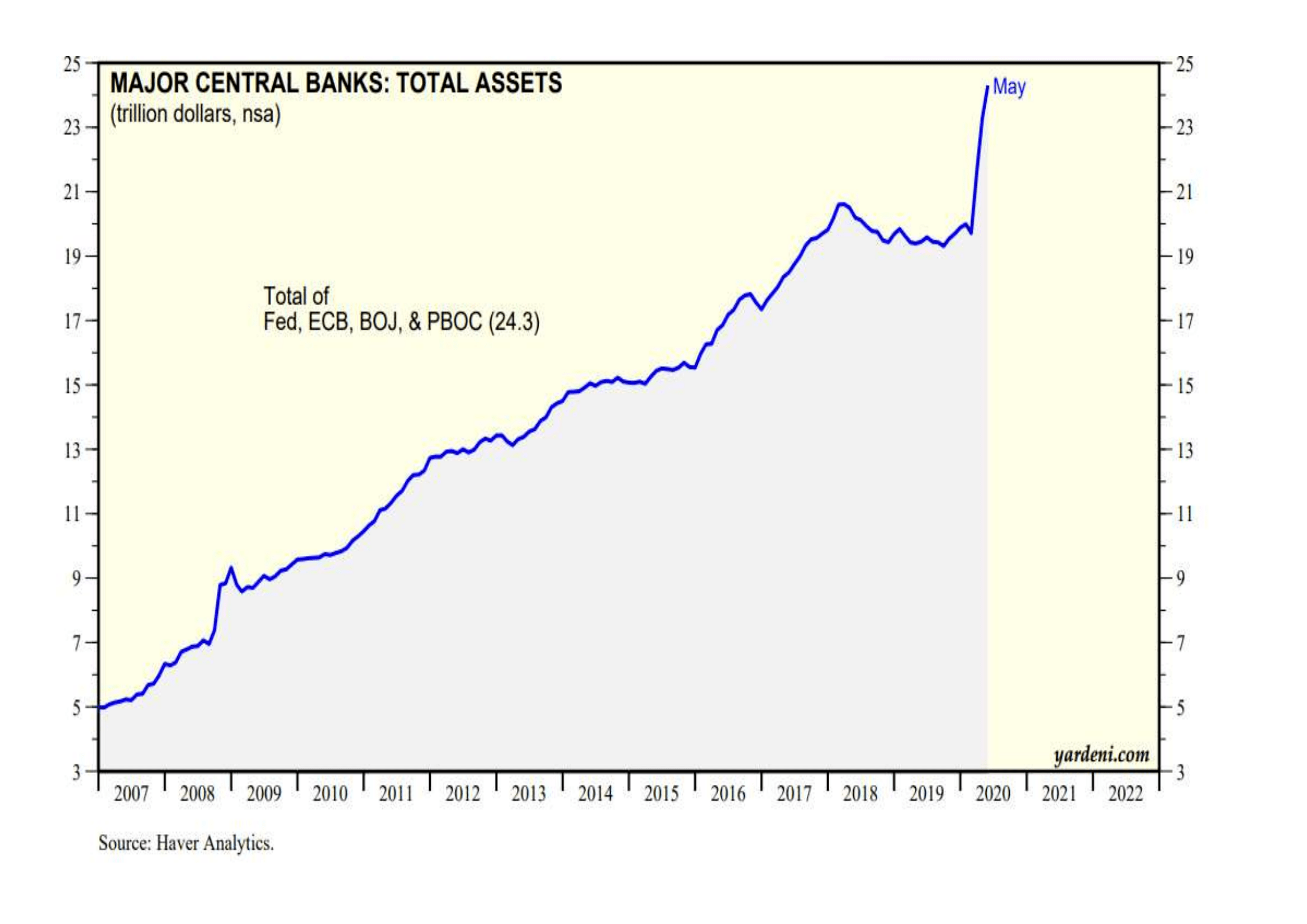Written by Mohamed Moutii
In the aftermath of the Cold War, a global village was emerging, driven by a belief in market power and the surge of globalization in the 1990s. Governments relaxed travel, investment, and trade restrictions. Poverty reduction and increased political freedom followed.
However, globalization also made the economies vulnerable to disruptions in global supply chains and prompted a critical reassessment of economic paradigms, with a drift towards protectionism and industrial policymaking, often termed Homeland Economics or De-globalization. This approach, driven by subsidies and interventions, aims to safeguard a country’s economy from market uncertainties, pandemics, and geopolitical threats.
Advocates of de-globalization contend that their approach promises a safer, fairer, and environmentally sustainable world. However, the shift away from globalization is not without potential pitfalls, and these repercussions could have widespread and enduring consequences.
Homeland Economy: A Misguided Policy Built on Flawed Assumptions
Recent “Made in America” and “Made in Europe” initiatives, among others, have sparked global interest. Governments are now implementing industrial policies at a rate over ten times higher than in 2010-2015. A 2023 research paper notes a significant increase in industrial-policy interventions during 2021 and 2022. Notably, subsidies given to companies to establish or expand operations domestically in the first quarter of 2023 have surpassed pre-pandemic levels by 40%, signaling a major policy shift, possibly the most significant in a generation.
Yet, the foundation of the homeland economy rests on flawed assumptions. Despite widespread claims, resilience remained unaffected during the pandemic. It is vital to differentiate between genuine supply-chain failures and delays caused by an unprecedented surge in demand. Take for instance the case of hand sanitizers—a commodity that experienced an unprecedented demand spike during lockdowns. Although shortages occurred in early 2020, markets responded swiftly, and production scaled up rapidly. The Economist analysed 17,000 imported commodities in the U.S. and found that during 2020, the supply chain failure rate was only slightly above the 1989-2022 average. Contrary to popular belief, even during China’s strict lockdown and the outbreak of the Russo-Ukrainian war, the failure rate in supply chains was only marginally above average. In a sentence, markets handle shocks more effectively than government planning.
That said, concerns about dependence on China remain. For example, China’s controls 80% of raw materials for solar cell manufacturing and dominates many industries with a 40% or more global market share.
Western governments are working to reduce dependence on China by re-shoring production. However, decoupling poses challenges, and Western efforts to decouple could lead to a trade war. IMF research focusing on foreign direct investment suggests a hypothetical world divided into America- and China-led blocs, resulting in a 1% short-term and 2% long-term global output reduction. Other estimates indicate that by including restrictions on migration, capital flows, and international cooperation, the impact on global GDP will exceed 6%. In brief, a fragmented world is likely to be a poorer one. This global shift may push an additional 52 million people into extreme poverty by 2030, with dramatic effects in sub-Saharan Africa.
More generally, the push by rich nations to boost domestic production could negatively affect developing economies by limiting job opportunities and the transfer of efficient management practices and technologies from wealthier nations to poorer ones—a historically significant source of growth. Worse, developing countries may face a dilemma by being forced to choose between having economic relations with the West or China, potentially losing a crucial trading partner. A World Trade Organization (WTO) paper warns that complete decoupling between the West and the East could result in GDP losses of up to 12% for several developing economies.
Globalization Matters Today More Than Ever
In fact, globalization enhances economic resilience through diversified supply chains, and mitigates vulnerabilities to localized disruptions. It also facilitates the exchange of ideas, technologies, and best practices. This interconnectedness promotes innovation, encourages mutual dependence, promotes peaceful cooperation and has brought about a sharp drop in global poverty. Extreme poverty dropped from 36% of the world’s population in 1990 to 8.6% in 2018.
The current shift away from globalization is regrettable, as it rests on a weak intellectual foundation. Globalization did not fail; quite the opposite—it led to economic growth, poverty reduction, and prosperity for many. Policies promoting these principles have a well-documented track record of success. By contrast, the history of protectionism and industrial policy reveals a pattern of failed initiatives that distort markets, stifle innovation, and undermine economic prosperity.
To conclude, current data provides limited support for the effectiveness of these industrial protectionist policies. Initiatives similar to “Made in America” were expected to boost global manufacturing output, but data across wealthy nations shows a stagnant trend. The same applies to innovation: global investment in intellectual property products remains below its pre-pandemic trajectory, and so does global productivity growth.
Source: https://en.irefeurope.org/publications/online-articles/article/homeland-economics-is-the-end-of-the-age-of-globalization/


